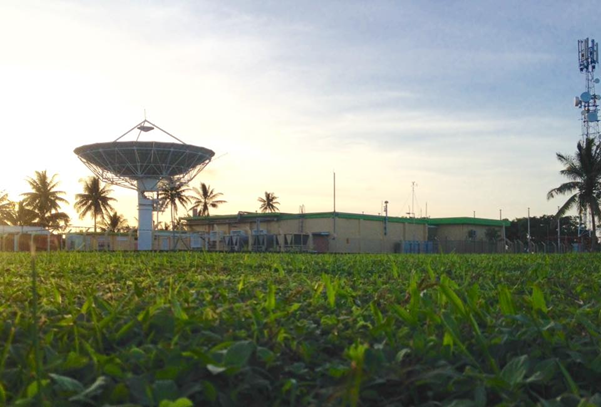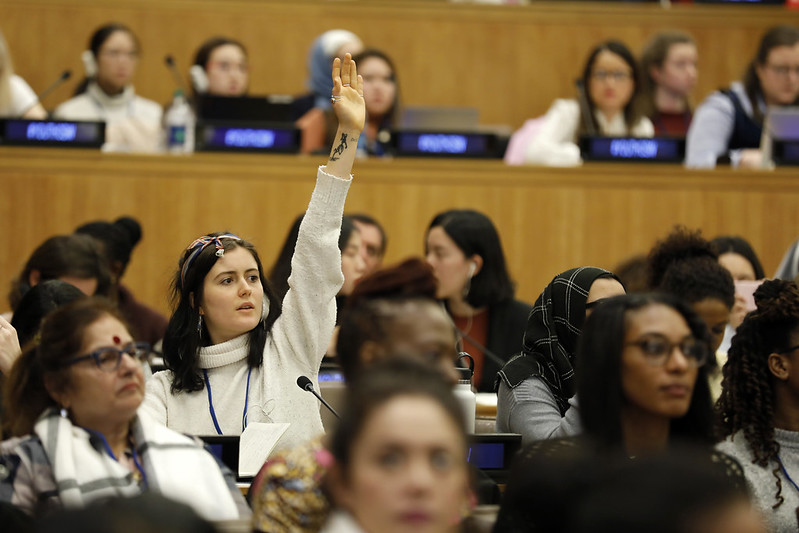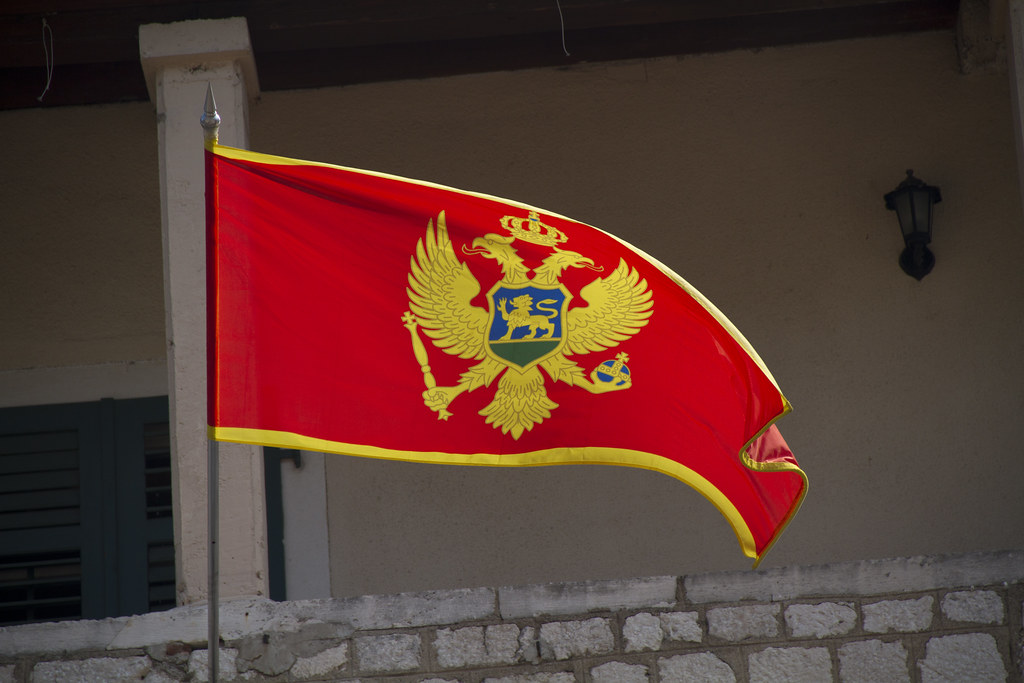The 25 September general elections in Italy are the result of a complex socio-political, institutional, and economic scenario that began in 2020. To understand the results of these elections, it is necessary to delve into the origin and functioning of its current political system.
Italy was one of the most affected countries by the coronavirus pandemic early on in 2020. Thousands of deaths and serious socioeconomic and health problems added to the various social protests in the main cities of the peninsula. Italy, “a country of many populisms,” allowed the main parties of the radical right, the Lega per Salvini Premier and Fratelli D’Italia, to politically capitalise on the grave situation by criticising the government in power, Premier Giuseppe Conte, the European Union, the social, health, and economic policies adopted, and immigration policy and the reception of refugees, among other issues.
Specifically, with the dissolution of the Conte Bis government and the formation of a new political technical executive through a broad coalition headed by Mario Draghi, the perfect scenario was created for the rise of Giorgia Meloni and her people. The extended coalition government (coalizione lunga) headed by Prime Minister Draghi was supported in parliament by the center as well as the center-left and right, among which the Movimento Cinque Stelle (M5S) and the Partito Democratico (PD) stand out.
In this new executive, Meloni and her political group decided not to form part of the government, becoming the only political force outside the great coalition agreement. This allowed Meloni greater latitude for her scathing criticism of the executive and their right-wing associates, capturing a greater flow of political approval than ever before.
The “Draghi experiment” was destined to be short lived. The executive commanded by the former European Central Bank president was born as a rescue and responsibility mission but lacked a coherent long-term vision, given the diversity of parties involved. This difficult balance was manifested, above all, with a parliamentary move by one of the coalition’s most important partners, M5S chaired by Conte. By withdrawing their motion of support, MS5 highlighted the fragile internal cohesion of the coalition. This situation triggered the resignation of Mario Draghi as head of the Presidency of the Council of Ministers, and his subsequent acceptance by the president of the republic, Sergio Mattarella, positioning the country for the general elections on 25 September.
Italy’s political structure
Italy is a democratic republic, constituted as such after the Second World War. In 1946, a referendum was carried out in which the republican option won over the monarchy. With the sanction of the Italian Constitution in 1948, the parliamentary republican system with representative democracy was born. Given the cleavages inherent in the history of Italian identity, consensus democracy was the answer to the need to institutionalise those various internal fractures.
The Parliament of the Italian Republic is made up of the Chamber of Deputies and the Senate. As of a 2020 referendum, the number of parliamentarians has been reduced, with 400 deputies, eight elected by transnational vote, and 200 senators elected based on the 18 regions that make up the country, with another four elected abroad.
The exercise of executive power is articulated between the president of the republic as head of state and the president of the Council of Ministers, also called premier or prime minister, as head of government. The profile assigned to the president of the republic tends to be that of the arbitrator of the system, with a term of seven years. Among the prerogatives of the president of the republic is the ability to dissolve one or both chambers, however they cannot exercise this power in the last six months of their mandate, unless this coincides in whole or in part with the last six months of the Legislature.
The president of the republic appoints the premier, and the latter proposes to the former the appointments of the ministers who will form the Council of Ministers, who ultimately have to be endorsed by the Capo dello Stato. This power has generated moments of blockage in past legislatures. In 2018, under the coalition of the M5S and the Lega, Mattarella vetoed the candidacy of Paolo Savona as head of the Ministry of Economy for being a recognised Eurosceptic. The legitimacy of the premier emanates from Parliament, so the duration of the premier’s mandate is indefinite since it depends on the confidence of both chambers. If that trust is lost, the premier resigns and elections are called.
Between 1993 and 2017 there were four reforms to the electoral system: Mattarellum (1993), Porcellum (2005), Italicum (2015), and Rosatellum (2017). These reforms, influenced by the political scene at the time, sought to reward or punish minority political forces. The Rosatellum meant the return of mixed electoral systems, as had been the case with the Mattarellum. It was first used for the March 2018 elections. 147 seats in the Chamber of Deputies and 74 seats in the Senate were determined by a first-past-the-post majority, while the other 245 and 122 seats, respectively, were determined proportionally, for which the allocation is based on the total number of votes. An innovation of the most recent elections was the incorporation of voters over 18 years of age for the election of senators, introduced in a constitutional reform last year.
Election results
The big winner of this election is, without a doubt, Giorgia Meloni, the head of the Fratelli d’Italia. The share of votes the party received (26 percent) exceeded the last polls before the election, and the Fratelli d’Italia virtually ousted the hegemonic Lega and Forza Italia (FI) parties, led by Matteo Salvini and Silvio Berlusconi, respectively. The right-wing coalition obtained 263 deputies and 138 senators, which reflects a clear majority in both chambers. Lega saw a clear decline in support compared to the electoral results of 2018 and 2019. Former Premier Berlusconi’s FI received a bare seven percent of the vote, reflecting once again the loss of his leadership of the Italian right.
In the second place, the center-left coalition led by Enrico Letta’s PD obtained 118 seats in the Chamber and 60 senators. M5S, led by Conte, received the most votes in South Italy. As for the parties of Matteo Renzi and Carlo Calenda, by obtaining less than eight percent of the vote, the prospect of forming a new future government under Mario Draghi has been forgotten.
Finally, it is important to point out that 41 percent of Italians did not vote. This was the least popular election in the history of the republic, especially evident in the south. Even so, this election shows us to main things about Italy’s political situation going forward. First, the “common” people have expressed their discontent with thinking of the classic political parties as a means of change. Second, Italy’s new government could provoke a serious questioning of the European model of integration and policy for the near future.
Mariana Polizzi is a political scientist (University of Buenos Aires) and Assistant Professor (UNGS). Phd candidate in Political & Social Science (UNGS IDES CONICET). Formerly visiting researcher at the University of Bologna (Unibo – Italy).
Indiana Azar is a political scientist (University of Buenos Aires) and Assistant Professor (UBA/USAL/UCASAL). MSc candidate in International Political Sociology (UNTREF). Analyst and content creator on International Affairs for several mass media.
This article is published under a Creative Commons License and may be republished with attribution.




